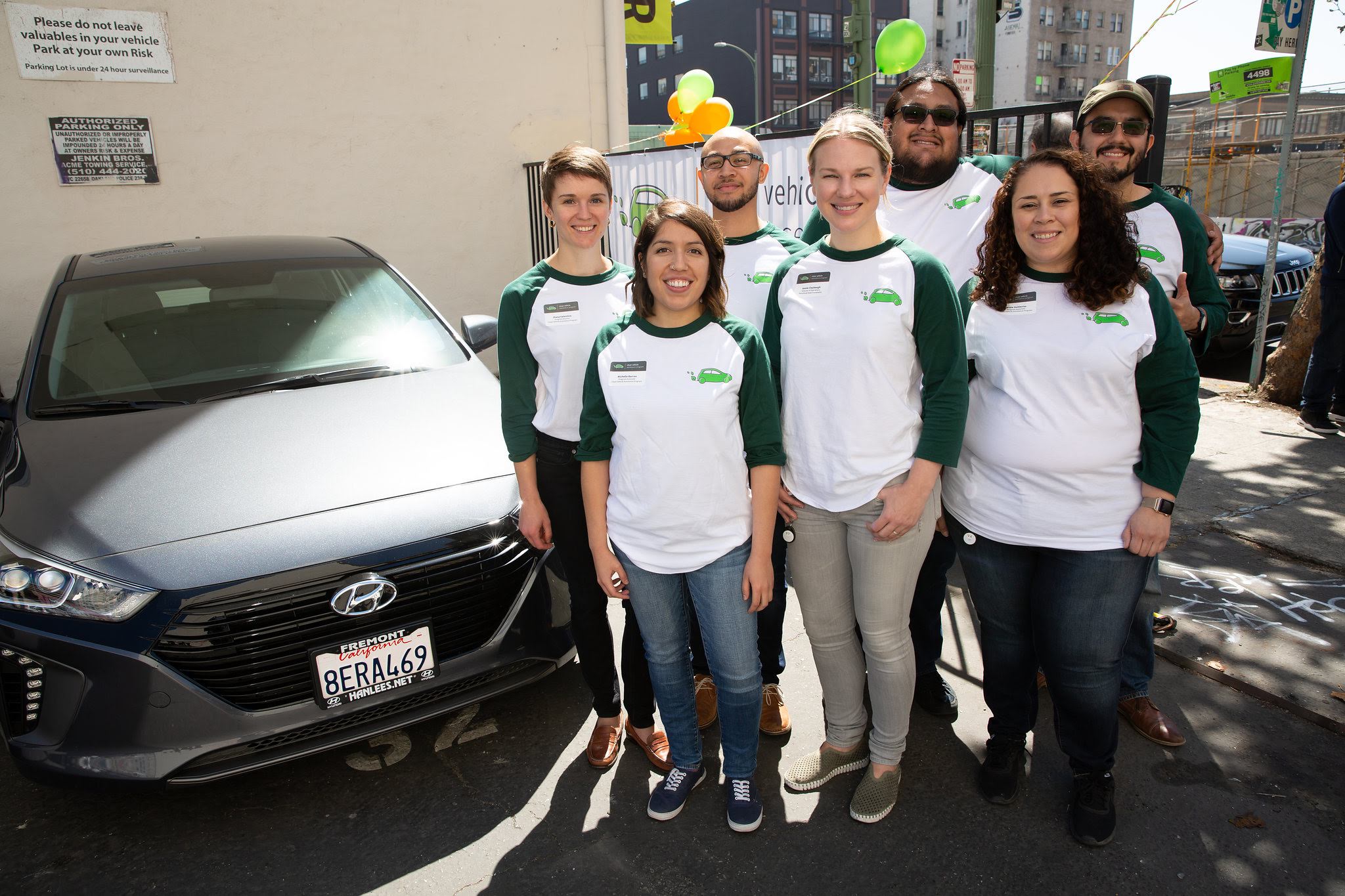Closing the gap in clean transportation

I have had the exceptional opportunity to spend the summer working as a market research fellow with the great team at Beneficial State Foundation who are administering the Clean Vehicle Assistance Program—a program designed to make clean vehicles accessible and affordable to Californians with lower incomes.
The Clean Vehicle Assistance Program stems from the 2015 Clean Energy & Pollution Reduction Act in California (SB 350), which directed state agencies to identify and assess barriers for low-income consumers to clean transportation options. In December 2017, the California Air Resources Board (CARB) approved a $5 million grant to provide financial assistance to low-income residents through low-interest financing and vehicle price-downs, which became Beneficial State Foundation’s Clean Vehicle Assistance Program.
Through SB 1275 and other statewide policies, California is signaling a commitment to equity in low-carbon technology adoption. Clean technology has historically benefited the most affluent communities. Consider programs like California’s Clean Vehicle Rebate Project (CVRP). The project had no income limit in its early phases. Moreover, the nationwide tax credits on electric and plug-in hybrid vehicles have supported increased adoption of clean vehicle technologies. But they also contributed to significant disparities in ownership rates across income, ethnicity, and gender.
I’ve learned throughout this fellowship that the creation of the Clean Vehicle Assistance Program and a commitment of funds from CARB are not enough to reverse these inequities, however. Grant administrators must also be diligent in their outreach and marketing of the program. They must ensure the consumers they reach reflect the intended outcomes of the program. It is not enough to be efficient in putting grant money in the hands of qualified individuals. A well-intended grant program can just as easily exacerbate the inequities it aims to solve if those communities that have been historically left out of the market remain unreached.
California still needs to do a lot to close the gaps in clean transportation access. This includes investments to get clean vehicles into California’s low-income communities that will benefit the most. I feel lucky to complete my fellowship with an organization like Beneficial State Foundation. The foundation is committed to an equity approach to the Clean Vehicle Assistance Program and understands how implementation decisions can be the defining factor in the program’s success.
Sean Newlin was a 2018 Beneficial Banking Fellow based in Oakland, CA.
This blog post reflects the author’s personal views and opinions. It does not represent the views and opinions of Beneficial State Bank and/or Beneficial State Foundation.


